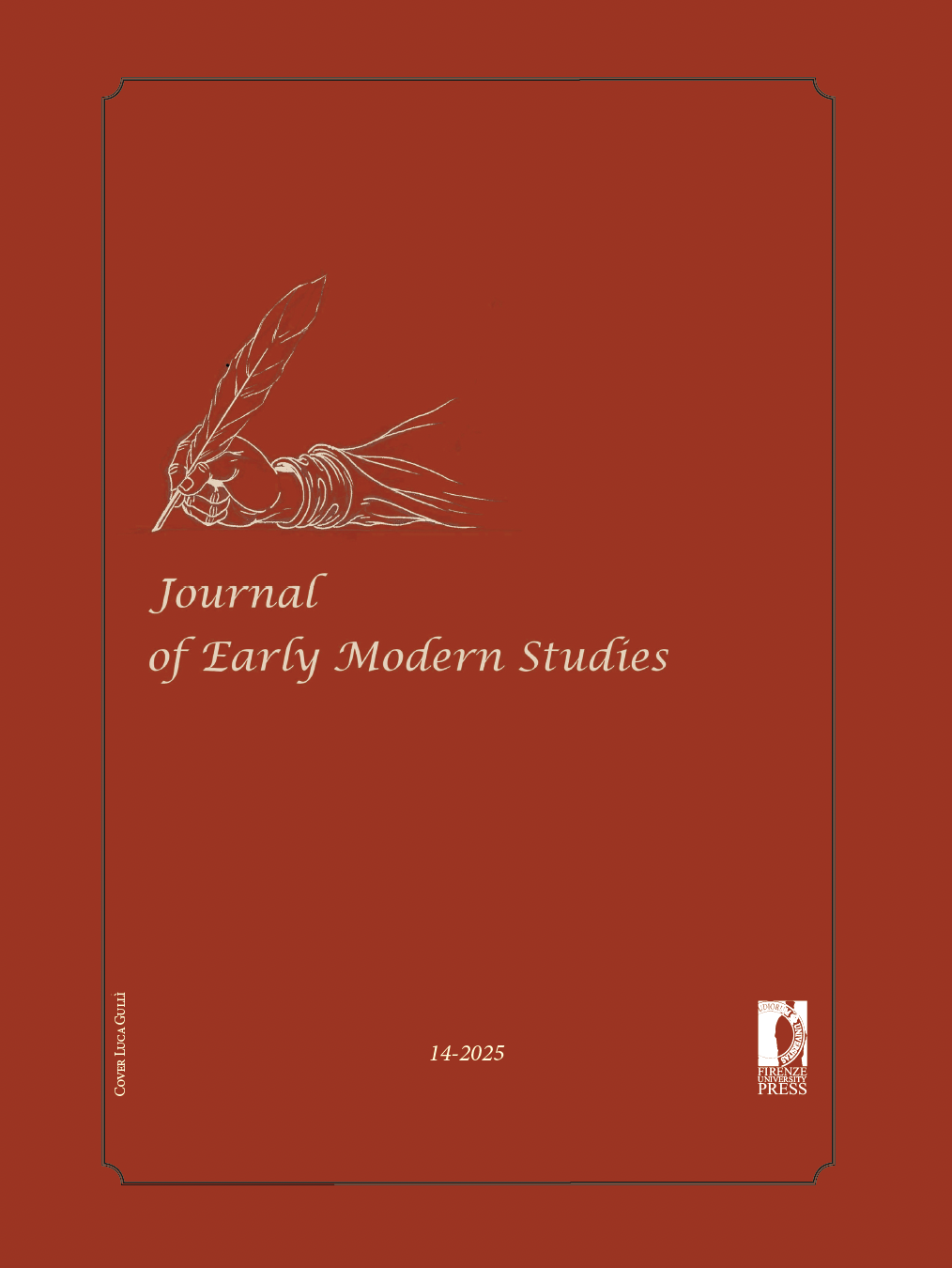Book Supports: Disability, Race, and the Labor of Accommodation in Milton’s Poetical Works (1855)
Published 2025-07-01
Keywords
- Blindness,
- Disability,
- Milton,
- Race,
- Reading by Touch
How to Cite
Copyright (c) 2025 Taylor Hare

This work is licensed under a Creative Commons Attribution 4.0 International License.
Abstract
This article explores intersections of disability and race embodied in Milton’s Poetical Works (1855), the first edition of John Milton’s poetry published for reading by touch. It describes how Morrison Heady, a blind man from Kentucky, raised funds for the book by traveling extensively across the eastern United States. Heady’s commitment to this project speaks to the important position Milton occupied within the culture that developed around the production of tactile books in the nineteenth-century United States. Many blind readers as well as sighted bookmakers found in Milton a model of the intellectual achievement made possible by the advent of raised-letter printing, and the publication of his poems in 1855 was an occasion for key stakeholders to reflect on the state of tactile bookmaking as it stood at the midcentury. But Morrison Heady was also an enslaver, and historical records suggest that his efforts to publish an edition of Milton for blind readers was supported by the work of enslaved individuals. By acknowledging both the remarkable access provided by the 1855 edition of Milton’s Poetical Works and the coerced labor to which this book owes its existence, this article shows how the study of early modern book history as well as the emerging field of tactile book history can benefit from intersectional approaches.

